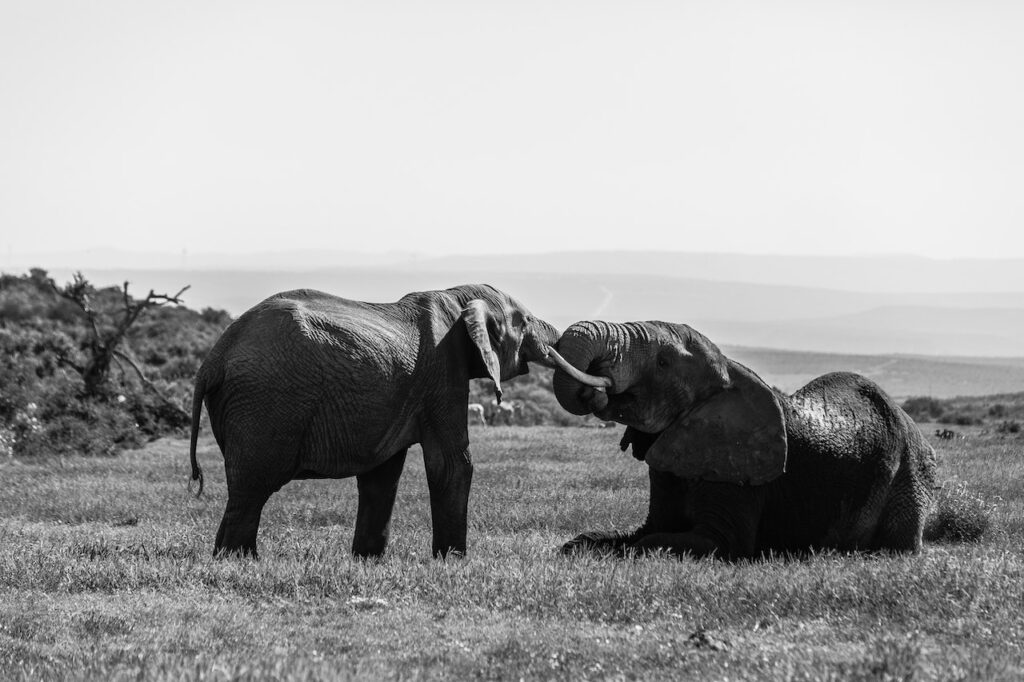
The diversity and beauty of wildlife on our planet are awe-inspiring. From majestic elephants roaming the savannah to colorful birds fluttering through tropical rainforests, each species contributes to the intricate tapestry of life. However, the rapid loss of habitats, climate change, poaching, and other human-induced factors threaten the survival of numerous wildlife species. In this article, we delve into the significance of wildlife conservation, the challenges faced by wildlife, and the vital role we can play in protecting and preserving these invaluable creatures.
Importance of Wildlife Conservation
Wildlife conservation is essential for several reasons
Biodiversity and Ecosystem Health: Wildlife plays a crucial role in maintaining healthy ecosystems. Each species contributes to the functioning of ecosystems, such as pollination, seed dispersal, and nutrient cycling. Preserving wildlife helps sustain the intricate balance of nature and promotes the resilience of ecosystems.
Economic Value: Wildlife tourism and nature-based activities generate significant economic benefits. Protecting and conserving wildlife habitats can provide sustainable livelihoods for local communities and contribute to economic growth through ecotourism.
Scientific Discoveries and Medical Advancements: Wildlife holds immense potential for scientific research and medical discoveries. Studying wildlife species helps us better understand their behaviors, adaptations, and ecological roles. Additionally, many medicines and treatments have been derived from compounds found in wildlife species.
Cultural and Aesthetic Value: Wildlife is deeply intertwined with cultural identities and traditions. Many communities have a strong cultural connection to specific wildlife species, considering them sacred or symbolic. Additionally, the presence of wildlife in natural landscapes enhances the aesthetic appeal and recreational value of these areas.
Challenges Faced by Wildlife
Habitat Loss and Fragmentation: One of the primary threats to wildlife is the loss and fragmentation of natural habitats due to human activities like deforestation, urbanization, and agriculture. These activities deprive wildlife of their essential habitats, food sources, and breeding grounds.
Climate Change: Rising global temperatures, altered precipitation patterns, and extreme weather events pose significant challenges to wildlife. Many species struggle to adapt to these rapid changes, leading to shifts in their distributions, altered migration patterns, and increased vulnerability to diseases.
Poaching and Illegal Wildlife Trade: Wildlife trafficking and poaching remain critical issues, driven by the demand for animal products, such as ivory, rhino horns, and exotic pets. These practices push many species to the brink of extinction and disrupt delicate ecosystems.
Human-Wildlife Conflict: As human populations expand and encroach upon wildlife habitats, conflicts arise. Competition for resources, crop damage, and attacks on livestock can lead to negative interactions between humans and wildlife, often resulting in retaliation against wildlife.
Wildlife Conservation Measures
Protected Areas: Establishing and effectively managing protected areas, such as national parks, wildlife reserves, and marine sanctuaries, provide safe havens for wildlife species. These areas help preserve critical habitats and enable populations to thrive.
Habitat Restoration and Connectivity: Restoring degraded habitats and creating wildlife corridors or green corridors can help reconnect fragmented landscapes, allowing wildlife populations to move freely and maintain genetic diversity.
Community Engagement and Education: Involving local communities in conservation efforts is crucial for long-term success. Educating communities about the importance of wildlife, alternative livelihood options, and sustainable resource management practices fosters a sense of ownership and encourages active participation.
Wildlife Law Enforcement and Anti-Poaching Efforts: Strengthening law enforcement to combat wildlife trafficking and poaching is essential. This includes increased patrols, stricter penalties, and international cooperation to dismantle illegal wildlife trade networks.
Sustainable Development Practices: Promoting sustainable practices in agriculture, forestry, and tourism minimizes the negative impacton wildlife and their habitats. This includes supporting sustainable farming methods, responsible logging practices, and promoting wildlife-friendly tourism initiatives.
Research and Monitoring: Conducting scientific research and monitoring programs are vital for understanding wildlife populations, their behaviors, and the impacts of conservation efforts. This knowledge informs conservation strategies and helps track the success of conservation initiatives.
Conclusion
Wildlife conservation is not just about protecting individual species; it is about safeguarding the intricate web of life that sustains our planet. By recognizing the importance of wildlife conservation and taking proactive measures, we can ensure the survival of diverse and remarkable species for future generations. It requires a collective effort, involving governments, organizations, communities, and individuals, to address the challenges faced by wildlife and their habitats. Let us embrace our role as responsible stewards of the Earth, valuing and protecting wildlife as an integral part of our natural heritage. Through dedicated conservation efforts, we can preserve the marvels of the animal kingdom and maintain the delicate balance of our planet’s ecosystems for the benefit of all life.

